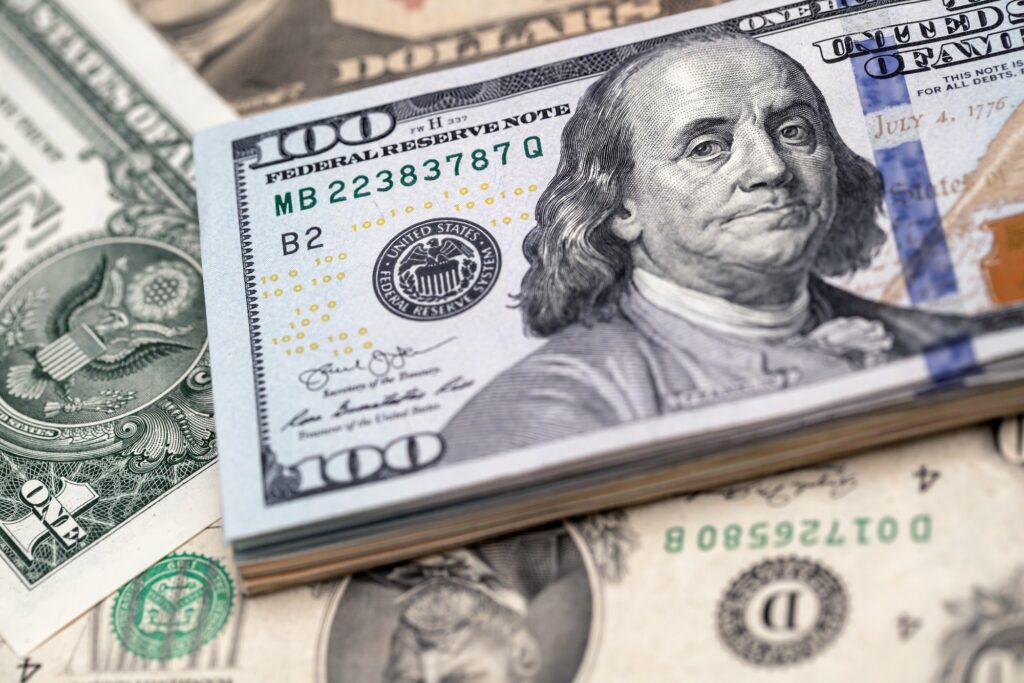
Kavan Choksi on the Journey of The US Dollar As the Reserve Currency of The Globe
The US Dollar is the most potent currency across the globe, regularly used for international trade and global transactions. It is the benchmark for establishing commodity prices for nations and currently has the honor of being the reserve currency of the world.
Kavan Choksi– a glimpse into the past of the US Dollar and its role in the global economy
Esteemed entrepreneur and business expert Kavan Choksi has invaluable knowledge and experience in the field of investments and finance. According to him, the US dollar has a glorious and exciting history. It was at the Bretton Woods Conference in 1944 that world leaders internationally decided to make a system where there would be one fixed exchange rate for major currencies against the dollar.
Before the USD became the reserve currency of the globe, transactions were made with gold and silver. The above decision by the world leaders meant that instead of holding gold as the reserve currency, they would retain US dollars instead.
Why was the US dollar chosen as the reserve currency of the world?
After World War II, the American economy remained stable, unlike its peers, Germany and Japan, which were severely affected by the War. The dollar at that time had a conversion rate of $35 for an ounce of gold. The majority of gold after the War was owned by America, and it was a central trading hub and could supply gold securely to the global economy.
Its role in the global economy
America owned 50% of the world’s economic output after the War, and it was at this time that its old interventionist policy adopted for foreign relations began. The nations that were rendered modern during that time were victims of chaos or were under the control of the communists. The Marshall Plan with the objective to re-build Europe was an example of the above policy embraced by the USA at that time.
Avoiding the Third World War
America never wanted another War, and it maintained its strong military presence to thwart the Soviet Union in Europe. The assets under the control of the dollar were secure during this period, while other countries in the world were crumbling under the stress of political instability.
The traits of the reserve currency
The reserve currency is used for global trade and financial transactions that are settled in the cash of the issuer nation. For example, if a company in India were to purchase oil in Kuwait, it would use the rupee, as this is the reserve currency of the country for trading. If Kuwait sells the oil to China, the price will be paid in Yuan, which is its currency for international trade.
According to Kavan Choksi, oil is a widely popular commodity in the world, and so its cost has a significant role in determining the value of the currency. The other vital things that influence the currency value in the world are copper and aluminum because they are deployed for the manufacture of consumer products. They have a close bond with economic growth and inflationary trends in the economy across the globe.



